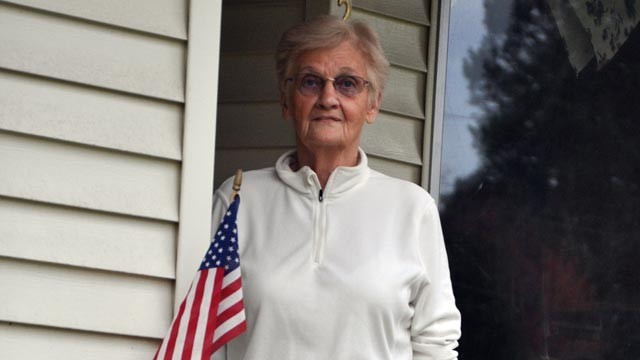Author: Peter Charles, Director of Marketing
Oregon Woman Battles With Wells Fargo Over Mistaken Foreclosure, An Issue that Plagues the Large Lender
Tualatin, OR- After numerous investigations and a few settlements later, we are learning that Wells Fargo, one of the country’s largest mortgage lenders, is still making egregious errors and wrongfully seizing people’s home. The bank may not be too big to fail but they are too big to operate properly.
Recently, ABC News reported the story of an Oregon woman, seventy-nine year-old Delores Dingman, who is locked in a battle with Wells Fargo to save the home she and her husband purchased in 1967 from foreclosure.
In 2009, Delores’ husband Leland died and she took out a loan against her mortgage to pay off his medical bills. The next year, after Wells Fargo completed their merger with Wachovia Mrs. Dingman began receiving default notices even though she was making her payments on time every month.
According to ABC News, Wells Fargo initiated foreclosure after Mrs. Dingman allegedly missed her mortgage payments and she believes they have been incorrectly applying her payments since December of 2009. Even though her banks statements show that Wells Fargo has deposited her payments she, along with a foreclosure attorney have been trying to clear up the mistake for over three years and they are making little headway.
But Mrs. Dingman’s story is neither unique nor an isolated event. Wells Fargo has had numerous mistaken foreclosures, and has paid billions of dollars to settle mortgage servicing problems and mortgage discrimination practices.
Think Progress reported that earlier this year that Wells Fargo destroyed a California couple’s modest vacation. The bank hired contractors to clean out a home near Alvin Tjosaas’ home, but the lender had the incorrect address assigned to the foreclosure documents. So contractors arrived at Tjosaas’ home and began throwing family heirlooms and other valuables in the street, destroying many of them, unaware that they had the wrong home.
Wells Fargo apologized to the Tjosaas family and reached out to make correct their mistake.
In addition to wrongfully foreclosing on some homes, Wells Fargo was also guilty of a practice called “robo-signing,” where banks used false or fraudulent signatures to sign off on default documents that had not been reviewed for mistakes. Wells Fargo along with many of the major lenders utilized this practice to speed up the foreclosure process.
Banks that were investigated for “robo-signing” agreed to pay the federal government $25 billion for their unethical practices earlier this year. Those funds were distributed to states in order to help troubled homeowners, though some states have decided to use those funds to fill gaps in their budget instead of foreclosure relief. But the National Mortgage Settlement wasn’t the only settlement for Wells Fargo this year.
In July, the lender also agreed to pay the Feds $175 million to settle accusations that their independent brokers steered African-Americans and Hispanics into high-risk mortgage loans. Many of the recipients of these high-interest subprime loans were not credit risks and qualified for better loans. An investigation revealed that 4,000 minorities were issued costlier loans when white borrows with the same credits risks were granted regular loans.
Foreclosure mistakes aren’t exclusive to Wells Fargo; Bank of America, JP Morgan and Citibank have also been subjected to lawsuits regarding their foreclosure processing practices.
Homeowners who believe they were subjected to a wrongful foreclosure by Wells Fargo or another between 2009 and 2011 have until December 31st to have their documents reviewed by an independent panel. If any mistakes were made or wrongful practices led to foreclosure, some homeowners could receive compensation for their financial harm.

